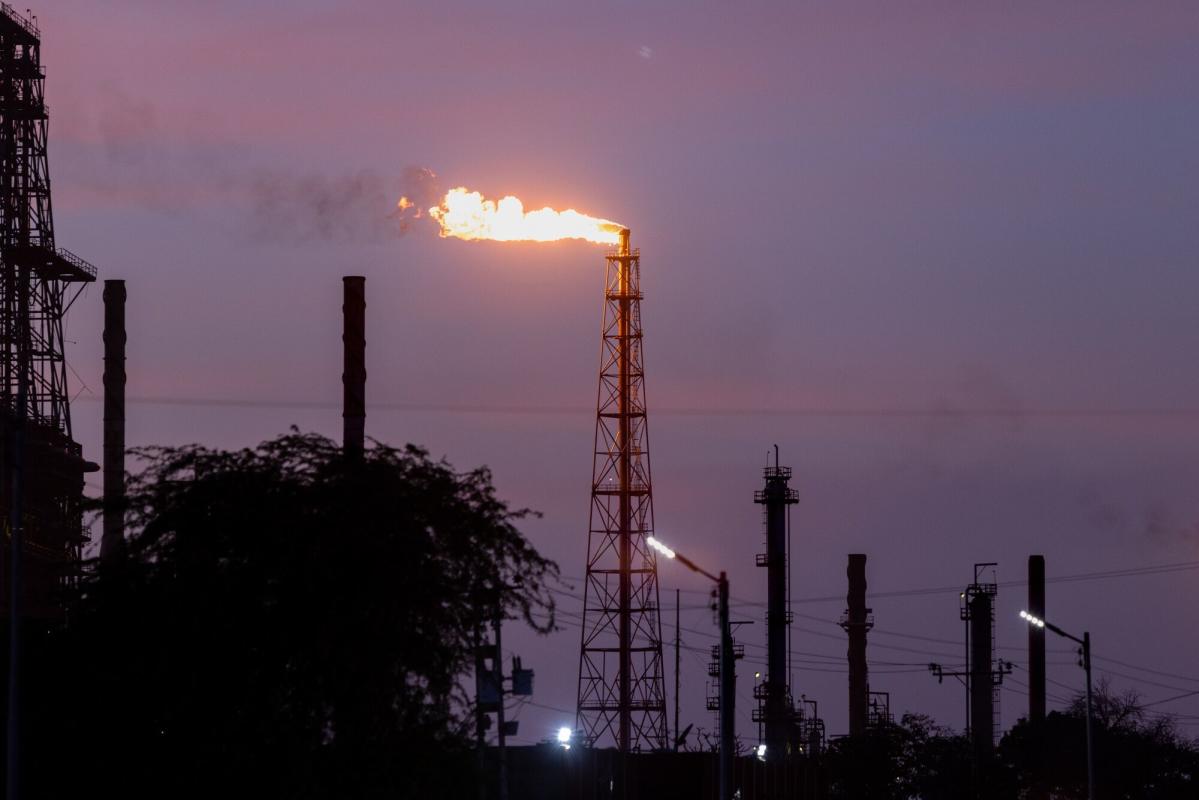When a staff member fell ill at Australia’s Antarctic research station and couldn’t be treated locally, the team tasked with rescuing them faced a daunting endeavor rife with obstacles.
For one, the Australian Antarctic program had never attempted a rescue mission so close to winter, when temperatures on the continent can fall to minus 40 degrees Fahrenheit and blizzards can rage for days.
Sending a plane to rescue the staff member was out of the question: It would have taken several weeks to clear and prepare Australia’s only runway in Antarctica, which operates only in summer and is situated atop a glacier that shifts a couple of yards every year, so it needs to be regularly realigned.
Instead, the rescuers devised a daring plan involving an icebreaker ship and two helicopters that required them to brave treacherous ocean conditions and carve through miles of ice sheet.
On Sunday, 10 days after the RSV Nuyina set off from Tasmania, the staff member was successfully rescued, the Australian Antarctic Division said in a statement on Monday.
The icebreaker was able to reach a glacial location from which the two helicopters could be launched, about 90 miles from Australia’s Casey Station, said Robb Clifton, the Australian Antarctic Division’s acting general manager of operations and logistics.
“Then, a window in the weather presented itself — a very nice blue-sky day for Antarctica in the first few days of spring — and the ship was able to launch two helicopters with a medical retrieval team,” he said.
After flying for nearly an hour, the helicopters reached the base, retrieved the staff member and returned to the ship, according to the statement.
Three doctors on board are treating the patient, who had a “developing medical condition and needs specialist assessment and care in Australia” the statement said. The Australian Antarctic Division did not provide any further details about the staff member or their ailment, citing privacy concerns.
The mission was “very complex,” Mr. Clifton said. “It’s the earliest we’ve ever gone to the Antarctic station — just a day or two after the official end of winter. It’s still very much winter in Antarctica.”
The rescue operation was only made possible, he said, because of the ship’s ice-breaking and helicopter-carrying capabilities, and the helicopters’ flying ranges.
He added that the Australian team had spoken to several international partners about helping with the mission, and had asked the American Antarctica team about the location of their icebreaker, but was ultimately able to accomplish the rescue mission solely with Australian resources.
The Casey base, located on the northern side of the Bailey Peninsula on the Budd Coast, is one of Australia’s three Antarctic stations. It has a staff of over a hundred in summer, but only a skeleton crew of 15 to 20 in winter.
2023-09-04 05:44:47
Article from www.nytimes.com
rnrn


















